The Search for a Chunky Blanket
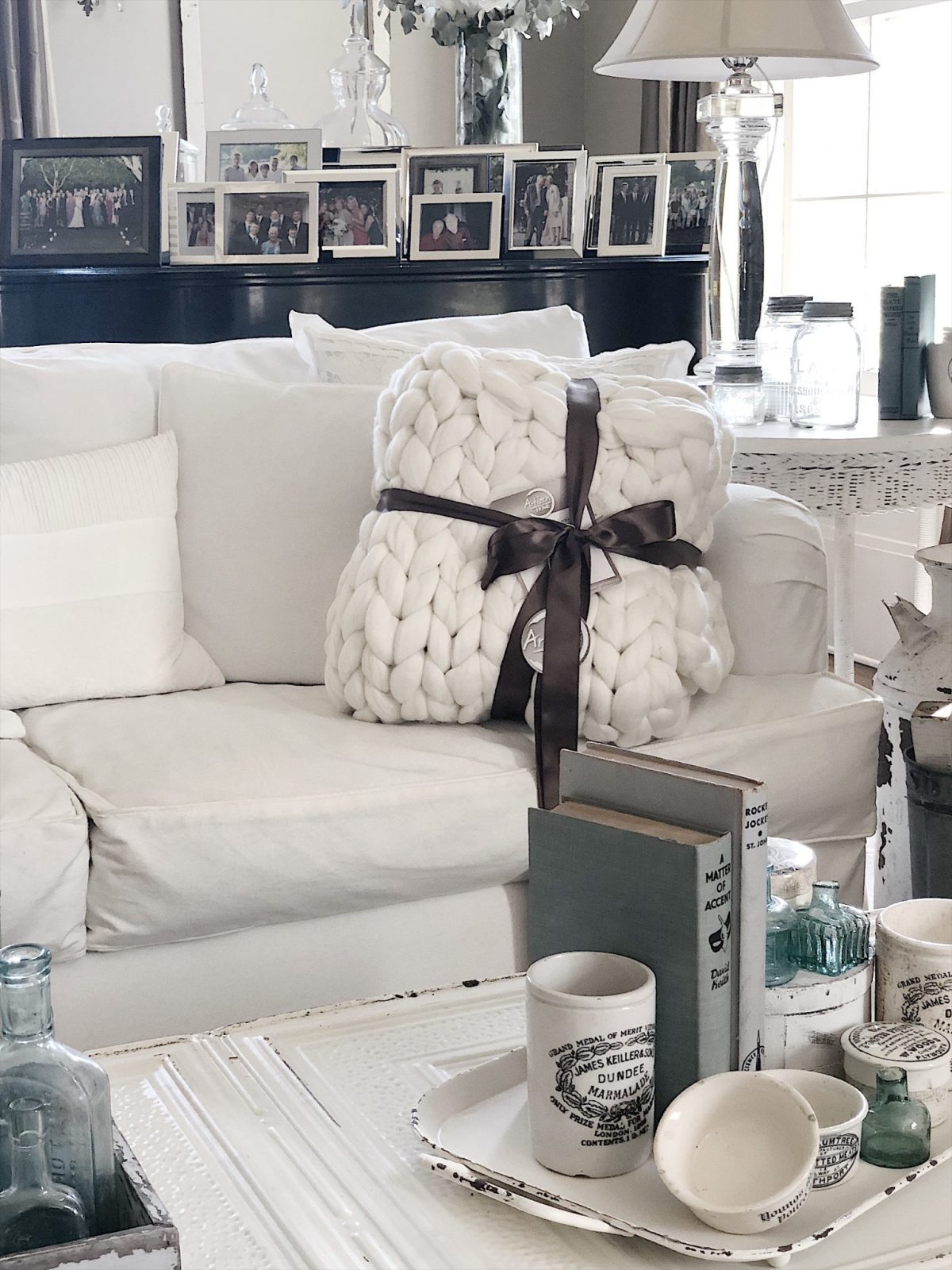 It’s been many months that I have been searching for a wool chunky blanket. You know, those knitted throws that have really think yarn and are knit on the biggest knitting needles ever made. They are cozy and gorgeous and I am in love with them.
It’s been many months that I have been searching for a wool chunky blanket. You know, those knitted throws that have really think yarn and are knit on the biggest knitting needles ever made. They are cozy and gorgeous and I am in love with them.
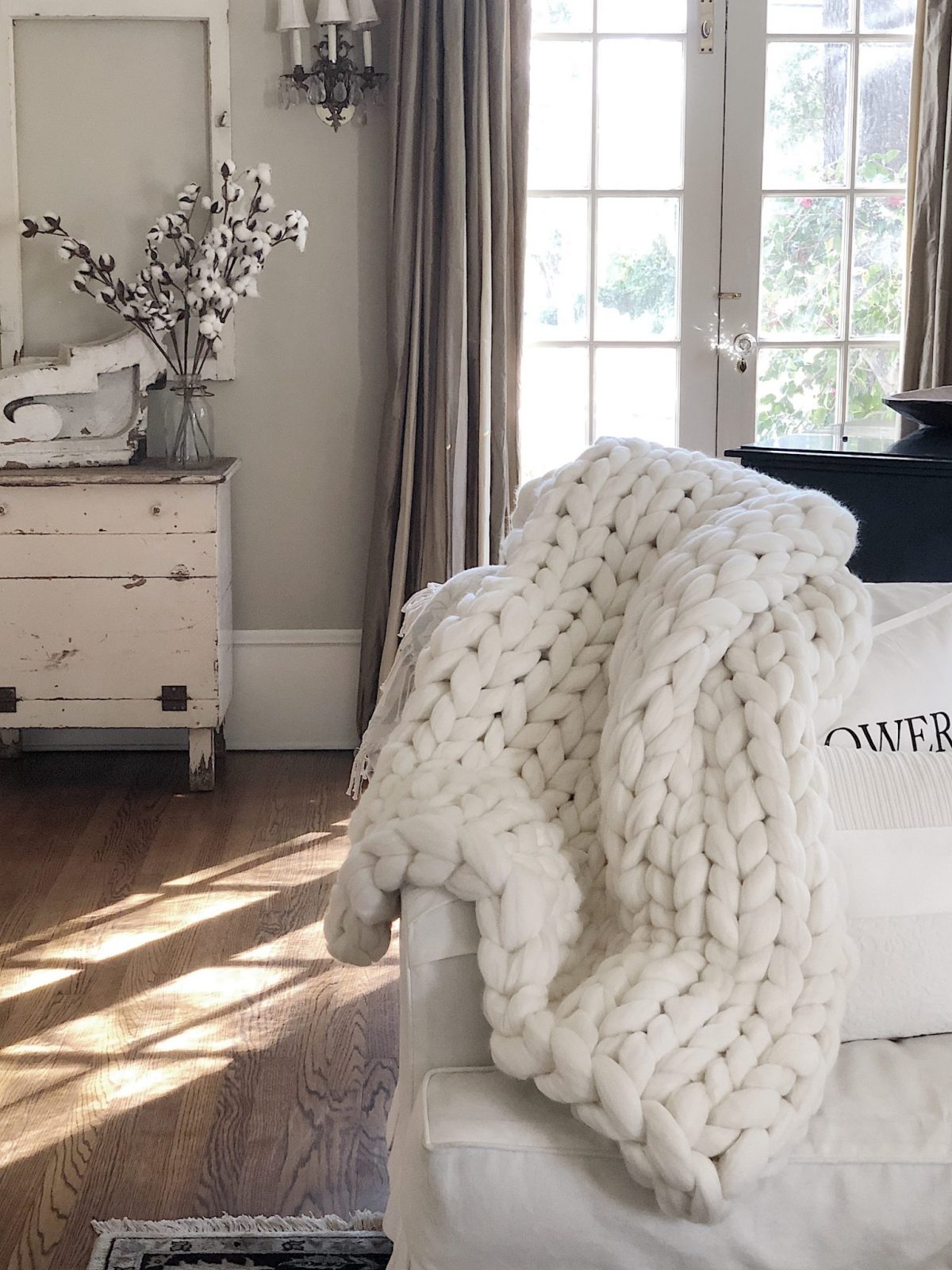 But here’s the problem. There appears to be a huge difference in quality and I have been afraid to buy one. I even considered knitting one on my arms but I think I have a pretty good what that might look like when I am done. And who needs another dog blanket, right? haha.
But here’s the problem. There appears to be a huge difference in quality and I have been afraid to buy one. I even considered knitting one on my arms but I think I have a pretty good what that might look like when I am done. And who needs another dog blanket, right? haha.
So I sought out the expert Diane Bogart at ArtizenHome. Diane started her business after she saw a picture of one of the chunky wool blankets in an article online. She totally fell in love and was determined to make one. However, when she started looking for yarn, the only place she could find it was Etsy. While there were a ton of options there, they were all from Ukraine. Diane ended up ordering from a store in Italy, thinking that would arrive faster. It didn’t. The person drop-shipped it from Ukraine and it took five weeks to get two skeins of yarn. As Diane states “A sane woman would have let that go and just made a blanket. I ordered 924 pounds of merino wool and opened up an online store.”
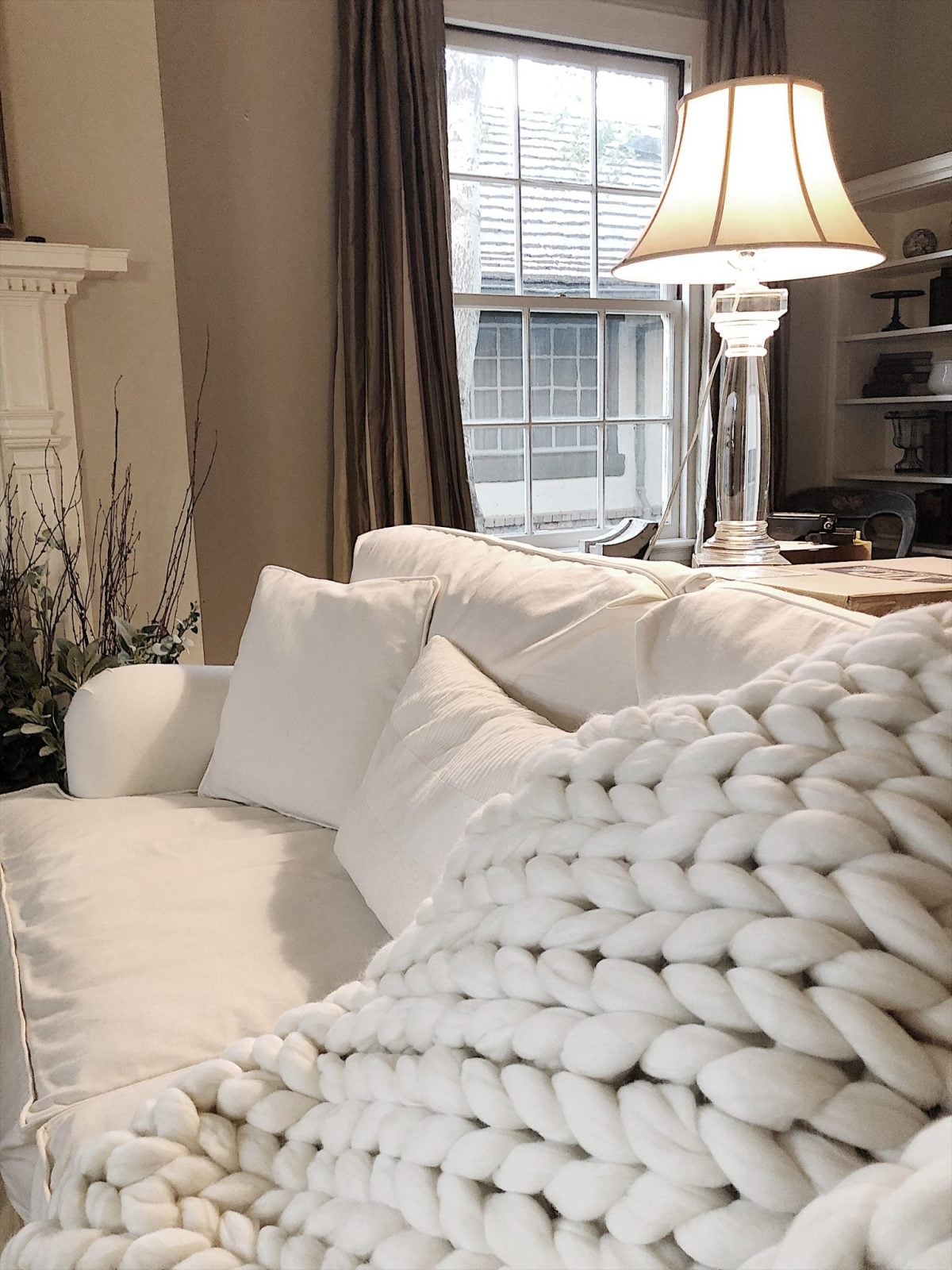 I asked Diane some questions with the hope that I could make a smart and educated purchase of my chunky blanket.
I asked Diane some questions with the hope that I could make a smart and educated purchase of my chunky blanket.
 Leslie @my100yearoldhome: What are the different fibers the blankets are made from?
Leslie @my100yearoldhome: What are the different fibers the blankets are made from?
Diane @artizenhome: Most chunky knit blankets advertise as being either Merino Wool, Wool, Acrylic, or Vegan Wool. So here is a quick breakdown.
Wool – Any fiber that is part of a sheep’s coat is considered wool. Much like different breeds of dogs, sheep have been bred over the centuries for different qualities. Some have very curly or straight coats. Others have been bred for how quickly their coats grow. Depending on the breed, sheep will grow from 2-30 pounds of wool a year.
If a chunky knit throw is listed just as wool, it is advisable to find out what kind of wool. It is possible to buy wools that are extremely inexpensive, but these wools will be more likely to be itchy or rough.
Merino Wool –This is one of the softest wools available. It is not at all like the itchy sweater your mom wanted you to wear for class pictures in grade school. It is definitely the way to go in terms of flat-out luxury. However, Merino wool is also one of the most expensive wools in the world, so expect that it will have a price to match. If the throw you are shopping is dramatically cheaper than others, proceed with caution. A full-grown adult Merino will grow approximately 7-8 pounds of wool a year. A chunky knit throw that is 40 inches by 60 inches weighs about 8 pounds, so that throw is a year’s growth of wool for a single sheep.
Merino or Australian Merino are the same breed of sheep. The sheep were originally bred in Spain and then brought to Australia. They became known as Australian Merino sheep at that point, but it is important to note that they are bred in many countries. Some people do emphasize the Australian part of the name, but it doesn’t necessarily mean that the wool came from a sheep in Australia. It’s like an Irish Setter or a Boston Terrier. If you have one of each in Florida, it doesn’t change your dog.
Vegan Fiber – There are two basic types of vegan fibers, plant-based or man-made. Plants such as bamboo, soybean, and hemp produce fibers that can be used. However, the fibers on these do not hold together as well as wool and therefore will be less durable than any type of wool.
Man-made fibers are generally some variety of acrylic or nylon. These fibers are softer than most plant fibers, but again, do not have the ability to hold to one another that wool has. One advantage of acrylic is that it is washable. However, because of the nature of the knit, this should definitely be done by hand and laid flat to dry. Acrylic throws will generally be somewhat less expensive than a Merino throw.
 Leslie @my100yearoldhome: What should I look for in a maker or shop?
Leslie @my100yearoldhome: What should I look for in a maker or shop?
Diane @artizenhome: You want to be sure you are clear on the seller’s return policy, turn around time and ability to get a yarn sample.
Return Policy – Since most chunky knits are made by hand and are sold by small shops, there generally will be some restrictions on returns. If a shop is selling 5-10 throws a week, getting a bright red queen-sized blanket returned can be a big financial impact because it is very unlikely that another customer will come along and order the same thing. Read the return policy carefully before you buy. Some shops do not accept any returns at all. If that is the case, be cautious!
Turn Around Time – There are shops that ship everything within 1-3 days and others that have a standard backlog of 4-6 weeks. It isn’t necessarily bad or good, but rather something to know before you buy. You don’t want to buy your daughter’s birthday present two days before her birthday only to find out that it won’t be in for a month!
Samples – Variations in monitors lead to confusion about colors. A customer service oriented shop will have a mechanism to get a sample of the color that you are considering. Because the price point of chunky throws is so high, it is important to be able to see what you will be getting.
 Leslie @my100yearoldhome: How can I determine the quality when purchasing online?
Leslie @my100yearoldhome: How can I determine the quality when purchasing online?
Diane @artizenhome: When shopping online, it is definitely harder to be sure that the chunky knit throw you are considering is a high-quality one. The quality of the website can tell you a certain amount. A higher quality website can mean a shopkeeper that believes in quality. It can also mean that a large online store has started selling chunky throws that they have bought wholesale.
A picture is worth a thousand words. When looking at the pictures, check to see if you can see all the edges of a throw in at least one picture. All of the edges should look like a braid. If they do not, then the quality of the knitting should be questioned.
The picture should not be so sharp that other things in the picture look unusually crisp. This is a clear indicator that some level of manipulation has happened to the picture. Be sure that other items in the picture look right. If they are distorted, out of focus, or do not appear to be the expected color, it may also indicate that the photo has been manipulated. If this is the case on colors, try to find other pictures on the site of the color you are considering. Again, not a big red flag, just a caution.
Location of a shop may or may not be a factor for you personally. There are many small shops in the Ukraine and other Eastern European nations. There is not anything inherently wrong with these shops, but there may be variability on how long it will take to arrive. If you order something from another country, there may be delays in customs, as well as potentially an import tax.
The biggest piece of advice on finding a good shop is that if it seems like too good a deal, it probably is. There was a company that advertised widely on social media in the two weeks that led up to Black Friday. Because the company appeared to be reputable, and the prices were so low, many people purchased from there. Since then there have been multiple Better Business Bureau complaints about not receiving anything or about receiving the item being extremely disappointed in it. There have been similar comments on multiple chat room posts.
 Leslie @my100yearoldhome: What about allergies, safety, and ethical farming?
Leslie @my100yearoldhome: What about allergies, safety, and ethical farming?
Diane @artizenhome: Many shops state that merino wool is hypoallergenic. Even merino.com states that it is hypoallergenic. However, as the fleece is cleaned, usually a couple of times, and then potentially dyed, chemicals are being introduced. It is definitely possible that some people are sensitive to these chemicals. This is particularly true if the wool has been processed in a country without strict control over the introduction of unsafe chemicals into products. If it was in the US or the European Union, they are subject to very similar regulations on chemicals being used. This leads back to two previous items.
One other component of the making of chunky wool is how the sheep are raised. There are certain practices that were a common way to prevent disease many years ago that are considered to be cruel. Anyone who reads about these practices would agree they are not called for in today’s world when we can get the same results without the cruelty. Manufacturers will generally state that they only use ethical or cruelty-free farms if that is the case.
A good shop will send samples so that you are able to verify you don’t have any sensitivity to the product. They will also be willing to share the country in which the wool was processed and if the manufacturer makes any statements regarding ethical farming. If a manufacturer does not make a statement, there is a fair chance that the manufacturer does not specifically seek out farms of this type.
Leslie @my100yearoldhome: What do pre-felting and felting mean?
Diane @artizenhome: Many people know that a chunky knit blanket made of wool is not washable. What most do not know is that the way to make felt is to add hot water and soap to wool, then agitate it. Sound familiar? Right. If you were to toss a chunky throw in the wash, it is likely to come out as felt. Depending on the machine, it may be lots of felt bits. Either way, it will not be the same as the throw you started with.
One of the current trends is to talk about whether the wool has been felted or pre-felted. Pre-felting is a fairly ambiguous term. Several of the more popular shops discuss that they pre-felt the wool so that it holds up better. This generally is a process of running the hands up and down the wool to make the fibers stick together better. This may have some small effect on the shedding, but it is not significant unless the quality of the wool was not high in the first place. In felting circles, pre-felting is a completely different process that makes the wool much more like felt than the raw wool that it started as.
Felted chunky throws are being sold by a few shops. These shops have actually created what is essentially a rope of felt and are knitting with it. In some cases, it is advertised that it will not pill or shed. This is simply not true. They will pill and shed less, but it will still happen. This is based on having bought them and then testing to see if the claims were true. There may be times when a felted throw is appropriate. However, it should be noted that these are still dry clean only and that the feeling of softness is dramatically less. In the case of one shop, the felted throw was actually crunchy and had streaks of brown through the cream. Again, please make sure there is some provision for returning your throw if you are not satisfied.
After gaining all of this knowledge about finding a good quality blanket, I think you know what happened. I ended up getting my blanket at ArtizenHome. It came in the mail shortly after I had my foot surgery and I feel like a two-year-old with a new blankie. It is the softest blanket and much better quality than I imagined. I am thrilled I have become more educated about these blankets and I think I will be needing to order one for my husband soon. Because soon I will be off crutches and my “I am hurt and need the good blanket face” won’t be good for much longer. Hahaha.
For more information on the ArtizenHome blankets, head to their website here. And take advantage of a 20% off coupon code. Just use MyHome20 for the discount which is good through Sunday, February 25th.
For more real-time updates, follow me on Instagram @My100YearOldHome

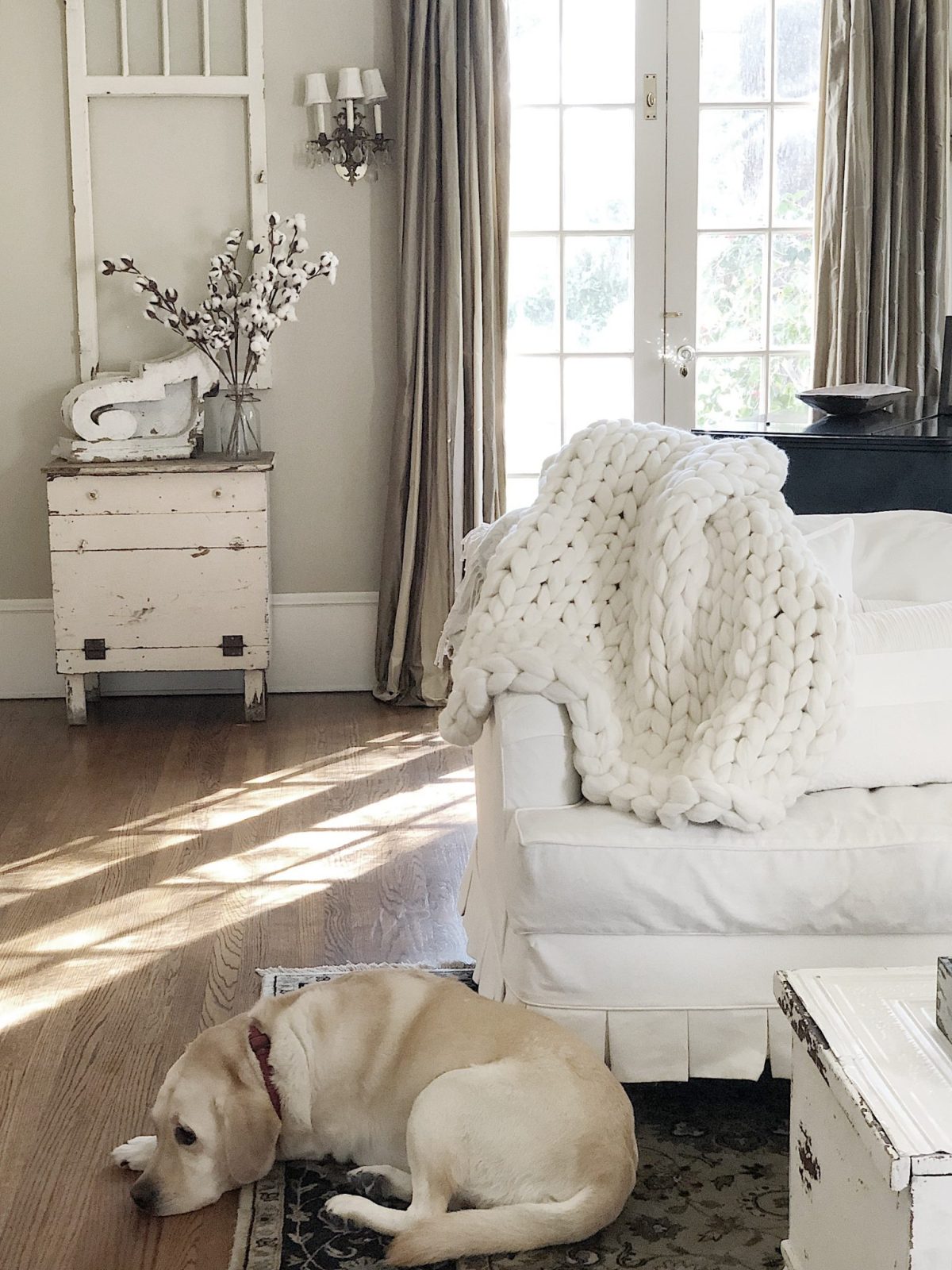
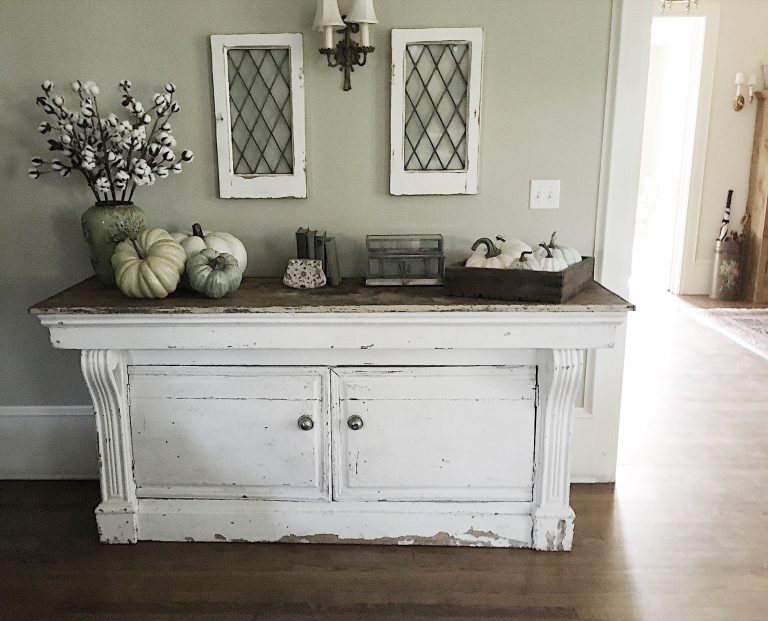
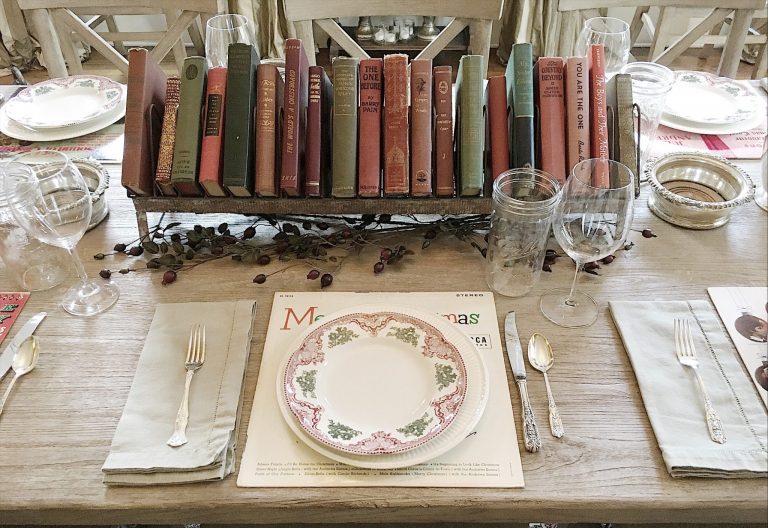

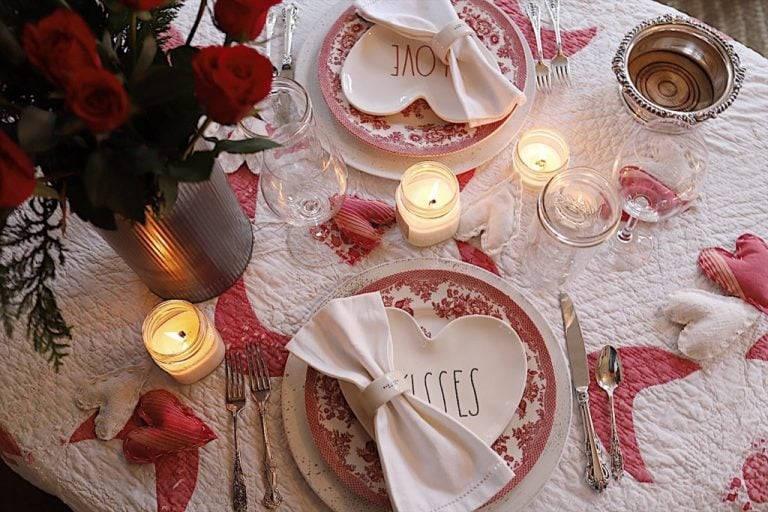
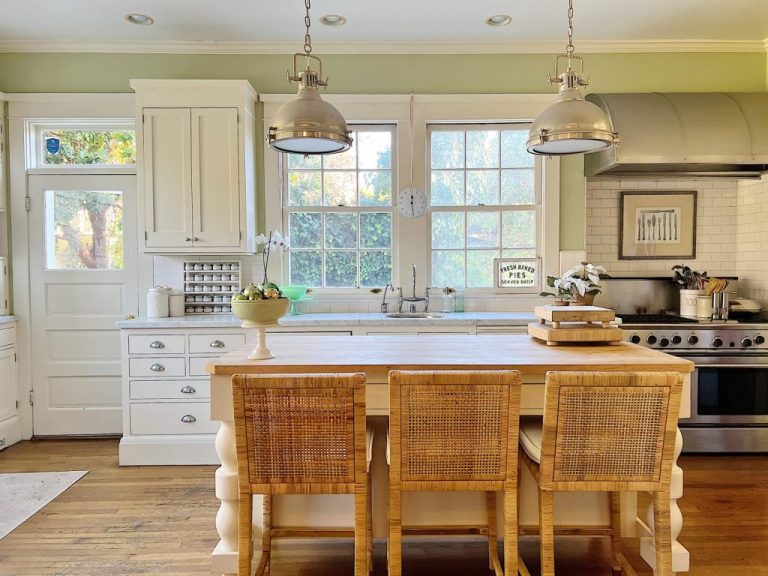
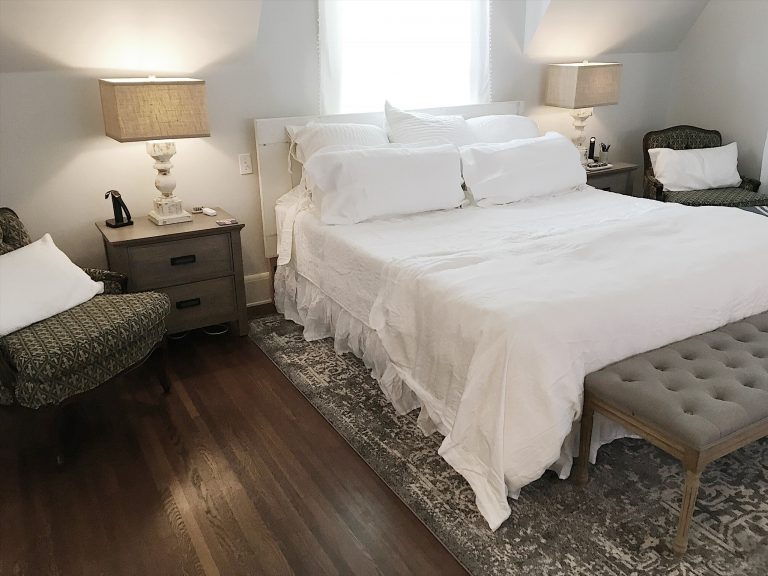






Excellent post! I wish I had been armed with this information when I purchased one for my daughter-in-law for Christmas. It took 6 weeks, came from China, not anywhere near the quoted size I ordered and already has so many loose threads and snags its been relegated to the dogs. I am still so mad as I can’t get any response from the company about a return. Chalk that up to a costly error on my part for not checking out all the facts!!!
Beverly says:, thanks for the article post.Really thank you! Great.